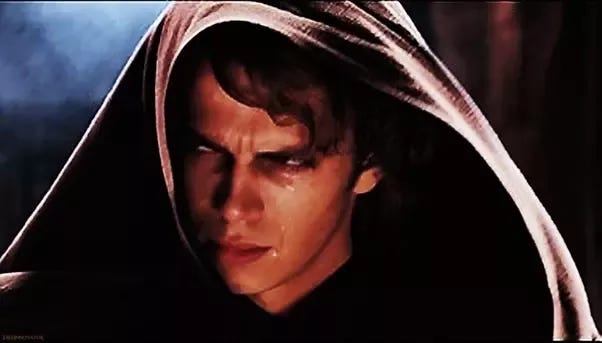Does Good Art Need Context?
Courageously diving into a debate between my brother and girlfriend.
A couple weeks ago, my brother, girlfriend, and I were discussing the pros and cons of reading Dostoevsky in an academic book group. My brother, Ben, is of the strong opinion that art is great if and only if it can be appreciated on its own, without contextualizing information. My girlfriend, Juliette, disagrees. She argues that good art can be made even better and enjoyed more completely when one learns about its cultural context—a feature of the international baccalaureate (IB) program in which she participated in high school. I see strong cases on both sides of this argument and would like to provide supporting evidence for each.
In my freshman year of college, I took one of the best courses of my life: Into and Beyond Dante’s Inferno. “Beyond” because the phenomenal professor, Michael Wyatt, taught us about Dante’s Alighieri personal life, the historical context of medieval Florence, the civil conflict between the Guelphs and the Ghibellines, Catholic theology, and Greco-Roman mythology (Virgil is Dante’s guide through hell, after all). Inferno is an amazing work of fiction—one of the best stories I have ever had the pleasure of reading—and it would be significantly less so without the context provided by my professor. Point, Juliette.
To Ben’s credit, there are plenty of examples of great art that are recent, do not require context, and can be interpreted completely on their own. One such example is Star Wars Episode III: Revenge of the Sith (ROTS). The movie is a master piece in and of itself; it depicts a Luciferian fall from Grace in an evocative and visually compelling manner. I know this now that I am an adult and have at least a superficial understanding of Biblical stories. But I appreciated this movie and its moral since I was a kid who knew nothing about the fall-from-grace trope. The art spoke for itself. Point, Ben.
Speaking about Lucifer’s fatal descent to Earth, the above painting, Fallen Angel (1847) by Alexandre Cabanel, is one of my absolute favorite pieces of art from any medium. Aesthetically, it’s beautiful. I would find the angel’s tearful wrath poignant and resonant even if I completely lacked knowledge of Judeo-Christian literature. Similarly, I would be impressed by the strikingly strong, beautiful body, although the wings attached to the human form would surely confuse me. At the same time, I do find myself appreciating the painting further still by my association of its subject with the biblical Lucifer and the story thereof. Perhaps the rich and storied past drawn upon by Cabanel explains why I want a framed print of Fallen Angel in my home instead of a reproduction of the following shot from Revenge of the Sith, which pretty clearly harkens to Cabanel’s original.
Alternatively, if George Lucas’s ROTS preceded Cabanel’s Fallen Angel, I believe I would still want Cabanel’s piece and not Lucas’s simply for its aesthetic superiority. I am not ready to posit a conclusion in this internecine debate between my loved ones but I can say with gusto that it is intellectually stimulating!
P.S. I am whistling John Williams’s sublime orchestral piece from ROTS, Battle of the Heroes. I highly recommend my readers listen:





